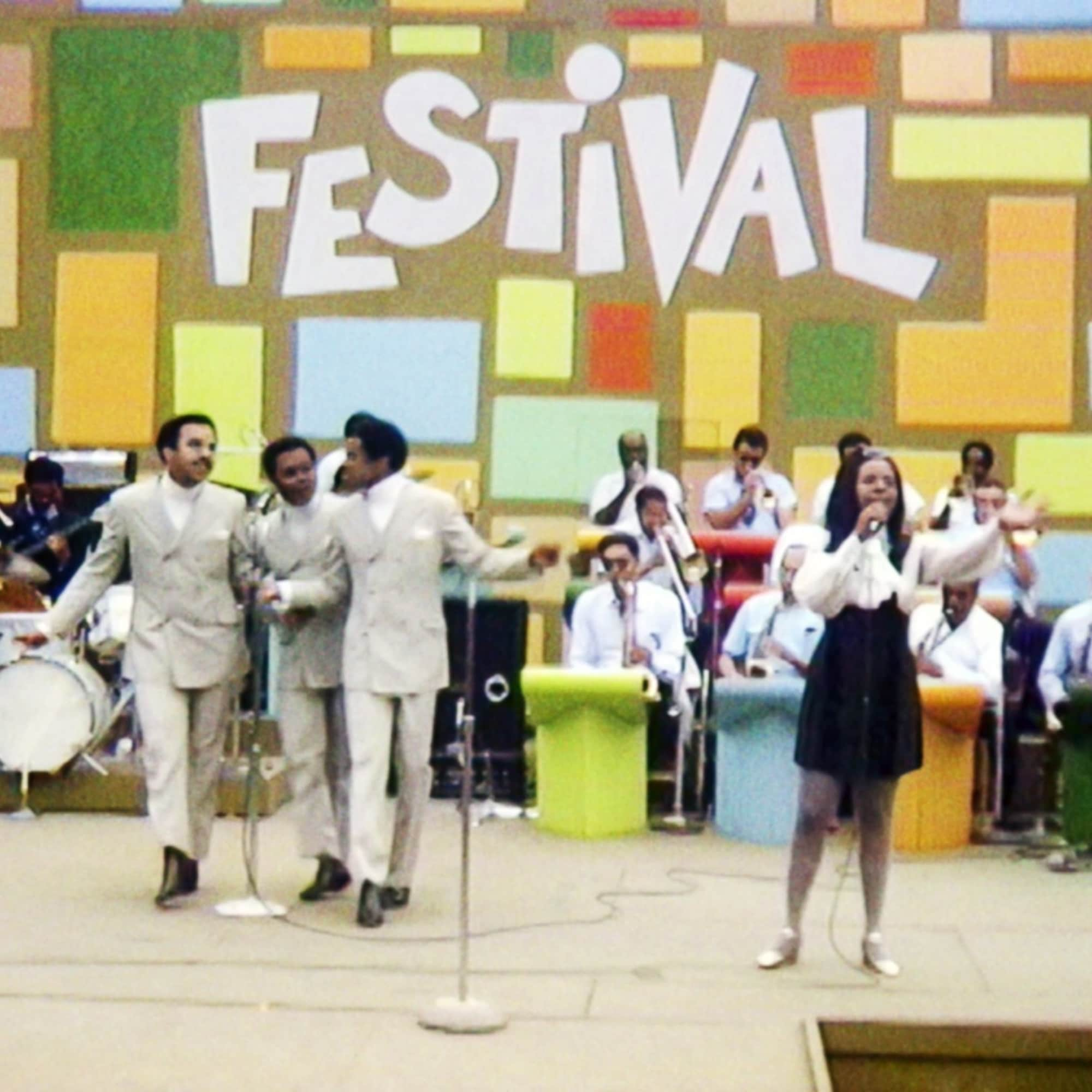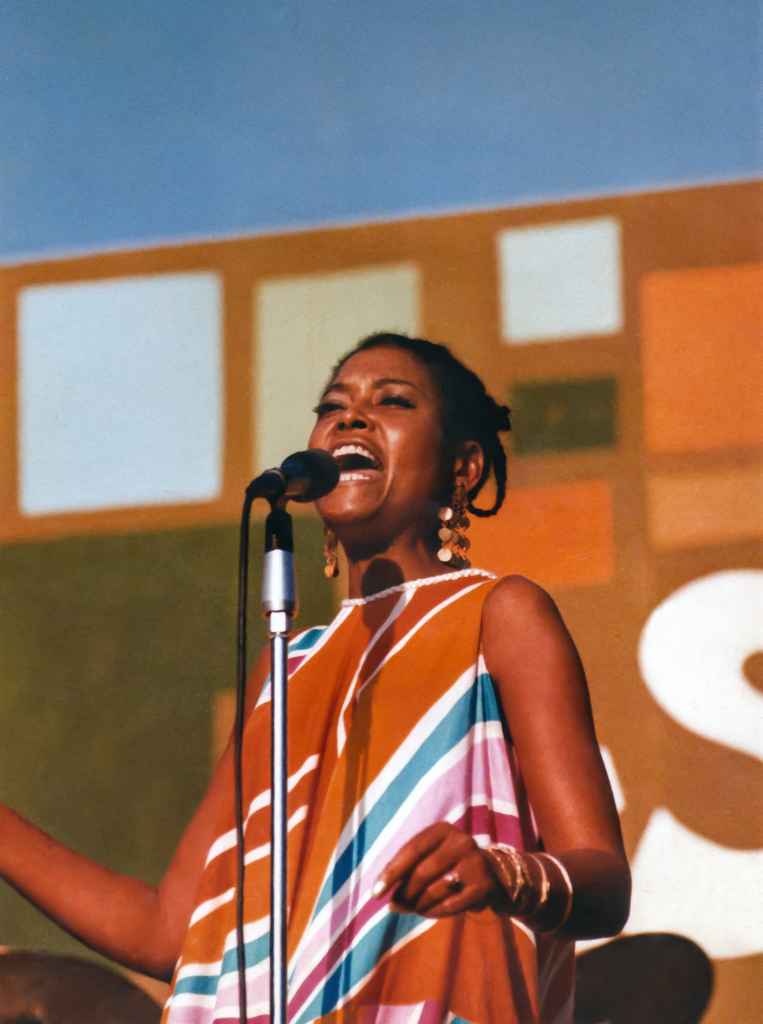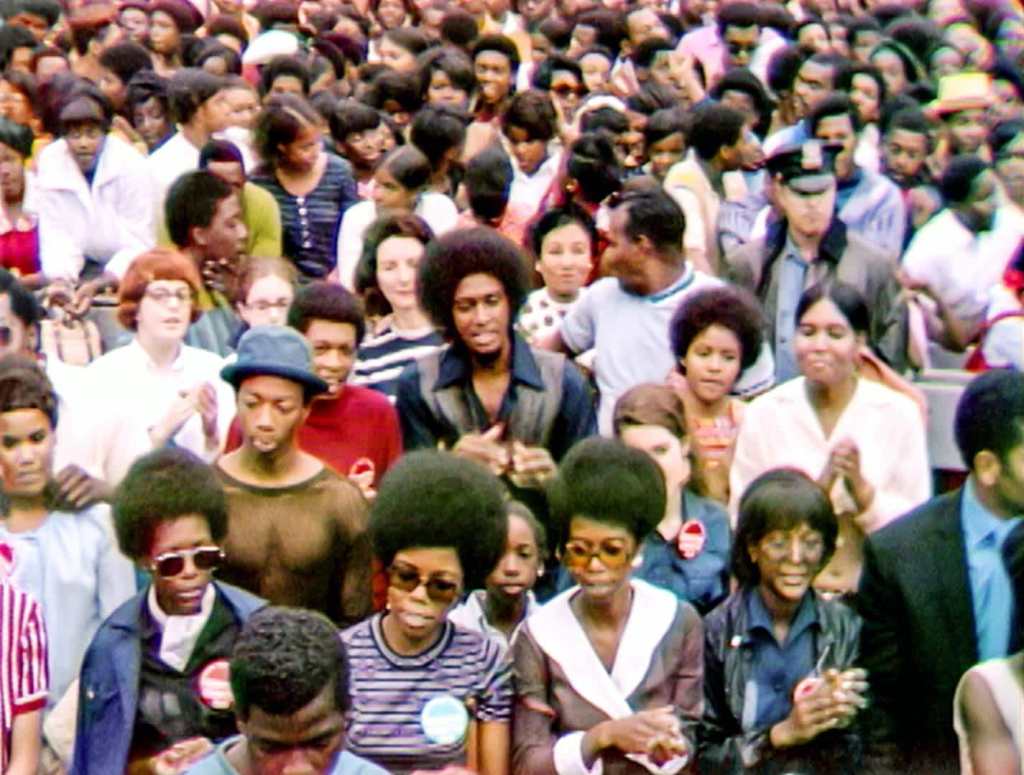
- POPSUGAR Australia
- Celebrity
- Summer of Soul Tells the Story of a Black Festival You've Probably Never Heard Of
Summer of Soul Tells the Story of a Black Festival You've Probably Never Heard Of

During the summer of 1969, a historic Black festival took place: the Harlem Cultural Festival. The concert series was filled with stars from blues, jazz, R&B, and soul and drew over 300,000 attendees. But due to the continued erasure of Black people’s historical contributions, many have never heard of it. Thankfully, 52 years later, Ahmir “Questlove” Thompson is finally giving it the spotlight it deserves with his directorial debut, Summer of Soul.
The nearly two-hour documentary includes never-before-seen performances and commentary from festivalgoers who were there to experience the historical moment. Questlove’s goal for making the film was simply to “correct history.” “The fact that 40 hours of this footage was kept from the public is living proof that revisionist history exists,” he said in a press statement. “I want to make sure Black erasure doesn’t happen during my lifetime . . . and the film was an opportunity to work towards that cause.” Read all about the history of the 1969 Harlem Cultural Festival ahead.
Related: Here Are 9 Eye-Opening New Documentaries Coming to Netflix This July
What Is the Harlem Cultural Festival?
The Harlem Cultural Festival (also known as Black Woodstock) took place in New York’s Mount Morris Park over the course of six weekends during the summer of 1969 from June 29 to Aug. 24. The concert series, which was organised by a promoter named Tony Lawrence, was a celebration of Black music, culture, and politics.
The festival had over 300,000 attendees, including New York’s mayor at the time, John V. Lindsay, and civil rights leaders Jesse Jackson and Marcus Garvey Jr. “The festival was a way to offset the pain we all felt after MLK,” Jackson told Rolling Stone, referring to Martin Luther King Jr.’s assassination in April 1968. “The artists tried to express the tensions of the time, a fierce pain and a fierce joy.”
Who Performed at the 1969 Harlem Cultural Festival?
The documentary highlights the Harlem Cultural Festival’s star-studded lineup, including Stevie Wonder, Nina Simone, Mahalia Jackson, Mongo Santamaria, Gladys Knight & the Pips, Sly and the Family Stone, the Staple Singers, the 5th Dimension, and B.B. King.
Why Are We Just Now Seeing the Footage From the Harlem Cultural Festival?
Despite the fact that the entire festival was filmed, the footage sat in a basement for 50 years and had never seen the light of day – that is, until now. The reason for that? Black erasure. Woodstock also was held that same summer, 100 miles away from the Harlem Cultural Festival, and completely eclipsed it. When director Hal Tulchin tried to sell footage from the Harlem Cultural Festival to movie or TV outlets, nobody was interested.
Questlove stumbled across the festival footage years ago at the Soul Train Café in Japan. “I unknowingly saw two minutes of the Sly and the Family Stone performance on monitors inside the restaurant, but it was sort of a far-away shot and I couldn’t see the faces in the crowd. So I thought it was a film clip of Sly and the group performing somewhere in Europe,” Questlove told Billboard. “Backstage at The Tonight Show 20 years later, I’m told about this mythical festival featuring Sly, Nina Simone, Stevie Wonder, and more. I didn’t think it was real – because there’s no way you’re going to tell me that Nina, Stevie, and Sly appeared together at a festival and no one knew or cared about it. Then I thought there must be some bad footage, as with old eight millimeter films. However, when I was shown the footage and heard the sound, it was all perfect.”
He continued, “The sad truth is that Black erasure is real. It’s very easy to just dismiss our stories. When Prince released his autobiography, he talked about his dad taking him to Woodstock and how much that meant to him as an 11-year-old; what a paradigm shift it was. The whole time I’m watching this footage, I’m thinking, ‘OK, I made it here. But what about the other six billion then-future musicians that could have been changed by this movie?’ We lost a moment and an opportunity. I made every excuse in the world for that because, again, I have faith in mankind that no one would be that cruel to deny history like that.”




